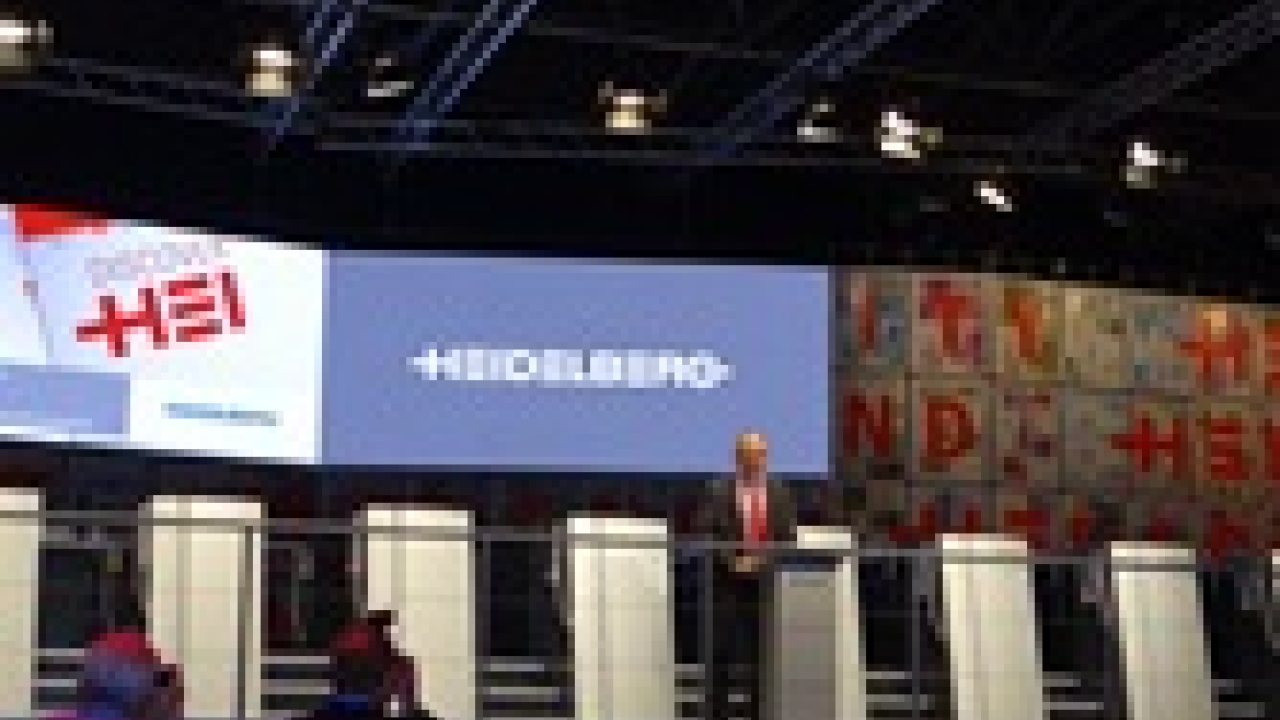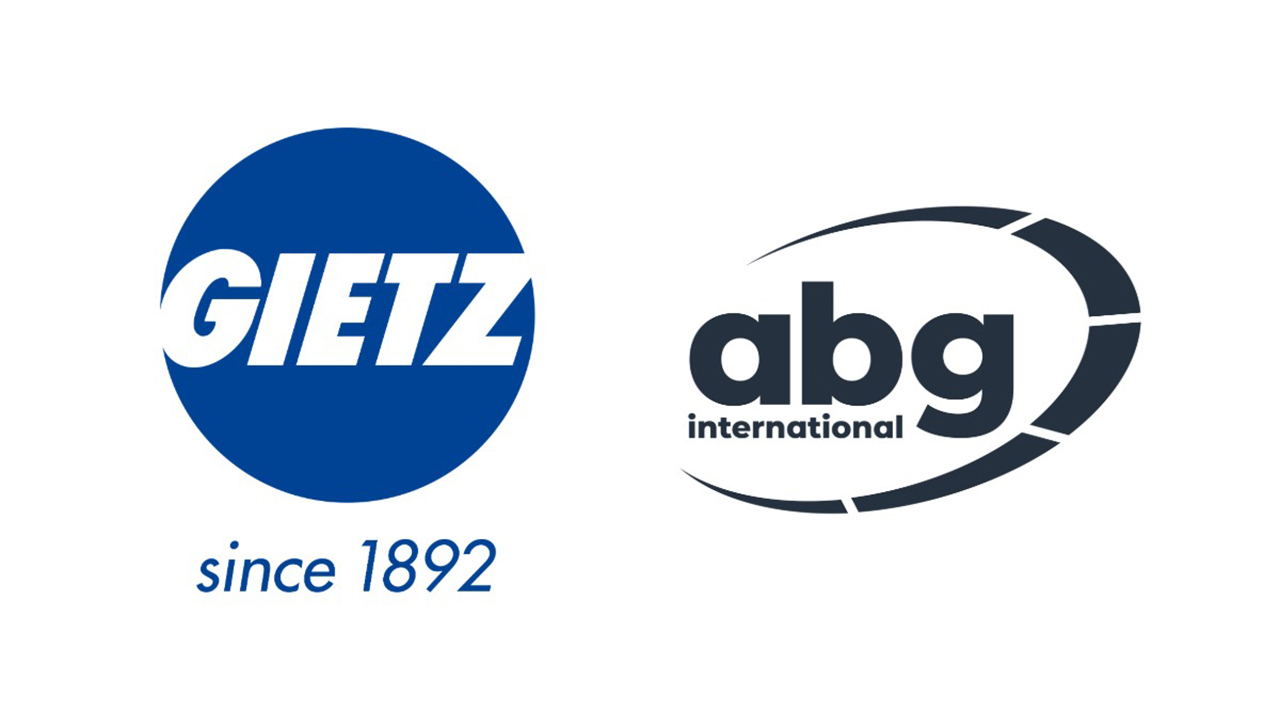Heidelberg: ‘Innovative technology key to efficiency’

Heidelberg’s message at Drupa from chief executive officer Bernhard Schreier was very clear – integrated technology is the only way to ensure you meet the demands of your customers in terms of quality, price and delivery.
To illustrate the point, the world’s largest printing technology manufacturer has five Business Models in Hall 1, each based on a specific aspect of the print industry.
For package printers, Heidelberg unveiled its Speedmaster XL 75 with Anicolor ink technology, which claims to offer 90:50:50 – 90 percent less paper usage, 50 percent shorter make-ready times and 50 percent greater productivity. Its ability to produce saleable work after just 10 sheets highlights its suitability for short run carton jobs, Heidelberg said.
The Speedmaster XL 106 is the company’s new flagship press. With an 18,000 sheets per hour operating speed (straight or perfecting), its larger sheet format offers carton printers additional “multi-up” image possibilities, and, with its AutoPlate XL and Prinect Inpress features, the press claims to be up to 30 percent more productive than the Speedmaster XL 105, and capable of printing 80 million sheets a year.
Integration of an inkjet device on the XL 106 provides the opportunity to check individual repeats with a PDF comparison, and mark bad images as waste. These are detected and ejected downstream, in the folder gluer for example, which provides 100 percent security, and complies with safety guidelines in the pharmaceutical industry. By rejecting only the bad image and not the whole sheet, waste is reduced, and over production avoided. It also has the ability to imprint customized codes via its 12 inkjet heads in the coating unit. Simultaneous coating and imprinting are possible because no additional unit is required.
On the digital front, having acquired CSAT last year, Heidelberg will in future be offering a DOD inkjet system for labels, blister packs and films in short to medium run lengths with variable data. The press is known as the Linoprint L.
Concluding, Schreier said that Heidelberg’s commitment to ecology extended to a totally carbon-neutral participation at Drupa, with environmentally friendly processes, recyclable materials and reusable modules, coupled with the CO2 emissions for all processes and materials, being fully offset. ‘Green is the theme’ he stressed.
Read more on Heidelberg here
Read more on Drupa here
Stay up to date
Subscribe to the free Label News newsletter and receive the latest content every week. We'll never share your email address.

